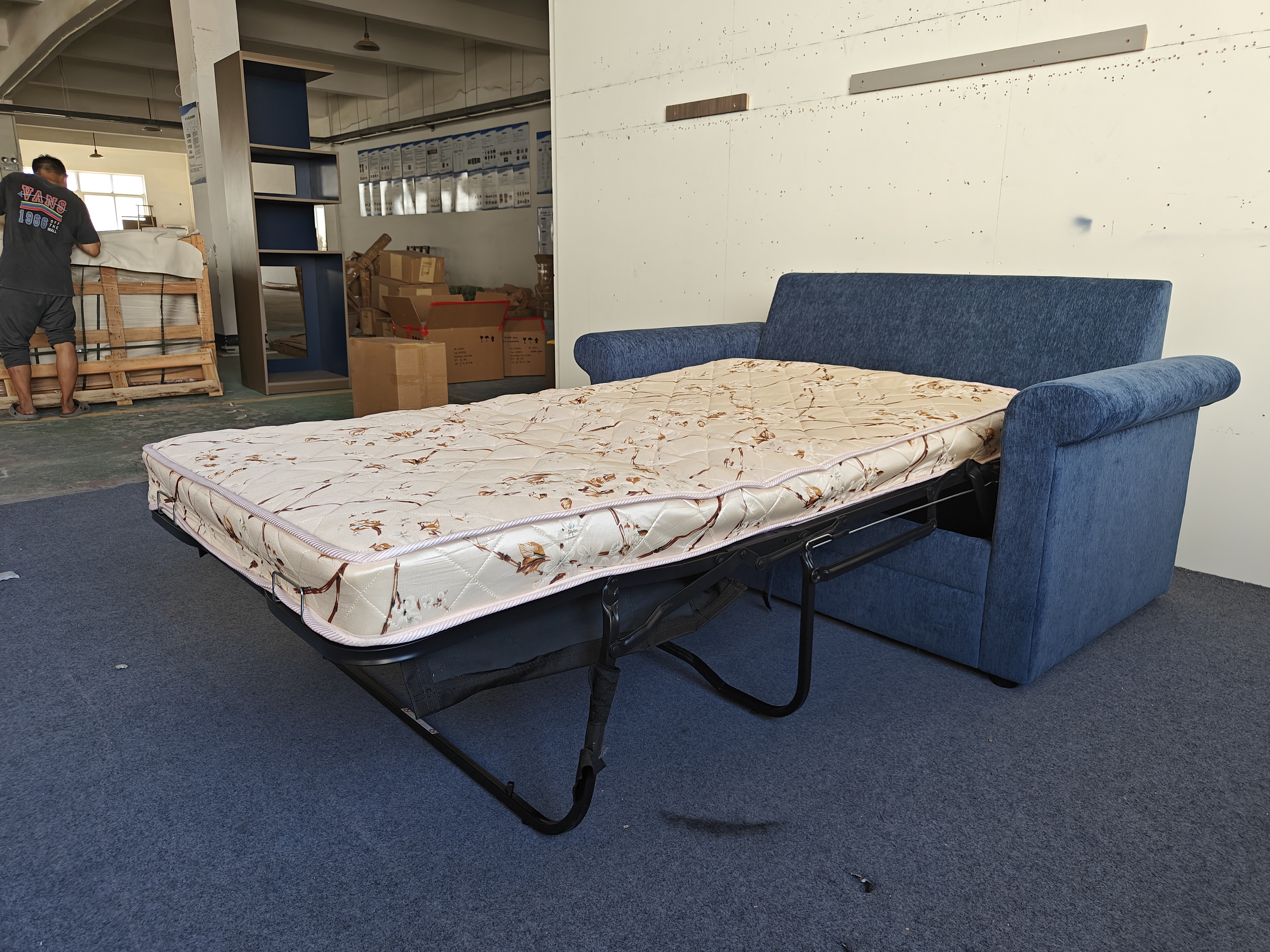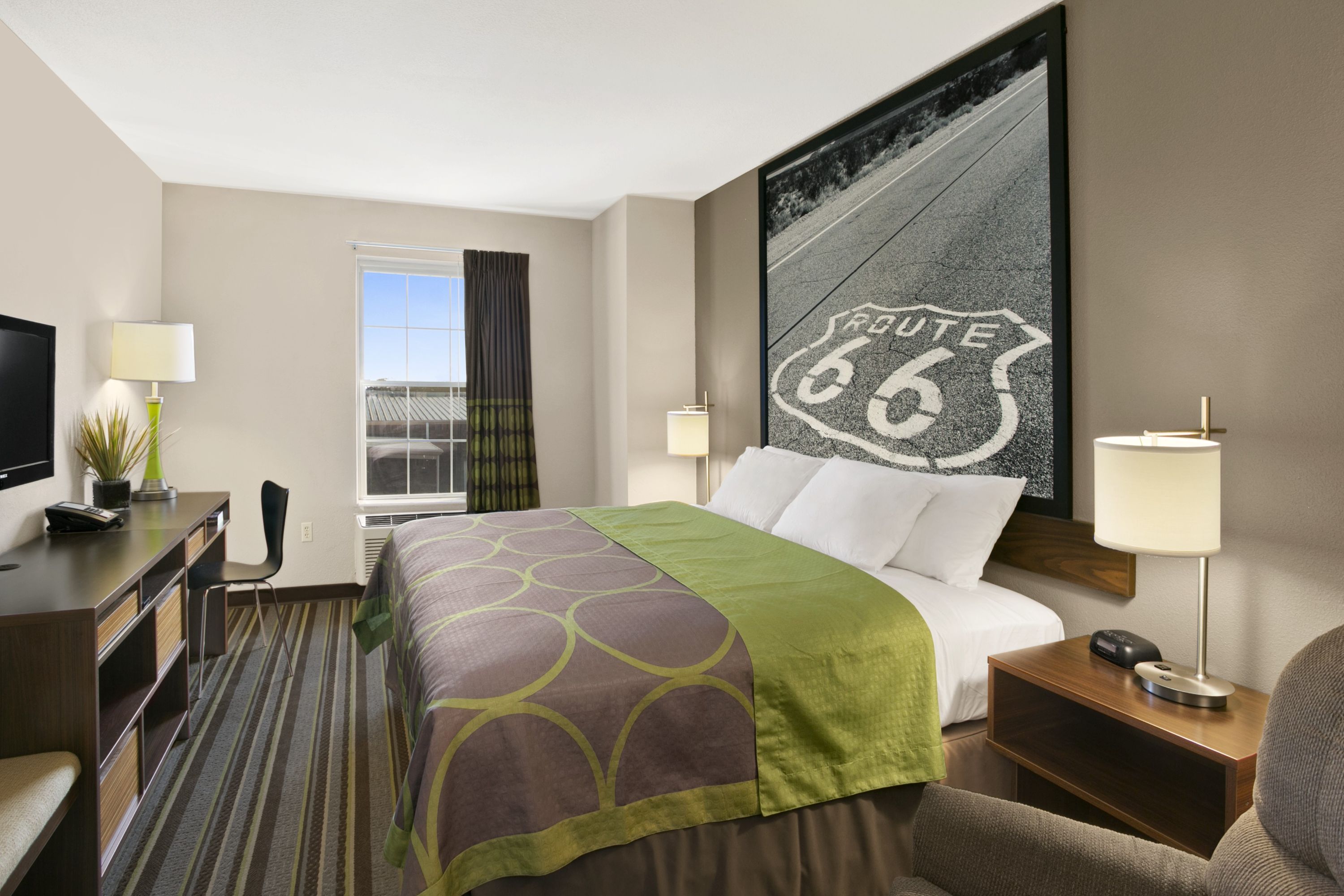Americas hospitality design trends Hotel renovation contractors USA Commercial-grade wood furniture
The hospitality industry is evolving rapidly in the USA. Design trends are shifting to meet new demands. Hotel renovation contractors are at the forefront of this change.
Sustainable design is now a priority. Hotels are embracing eco-friendly materials and practices. This shift is not just a trend but a necessity.
Luxury hotels are redefining opulence. They are blending modern aesthetics with timeless elegance. Commercial-grade wood furniture plays a crucial role in this transformation.
Guest experience is the focus of these design changes. Hotels aim to create memorable and unique stays. This involves integrating technology and personalized touches.
In this article, we explore these hospitality design trends. We delve into how they shape the future of the industry. Join us as we uncover the latest innovations.
The Evolution of Hospitality Design Trends in the USA
Hospitality design in the USA has seen a dramatic shift in recent years. Designers are now blending functionality with aesthetics. This ensures spaces are both beautiful and practical for guests.
Increased competition among hotels has driven these changes. Hotels aim to provide unique experiences. Therefore, standout design is essential to attract guests.
Modern hospitality design trends focus on several key areas:
- Eco-friendly materials and practices.
- Smart technology integration.
- Customized guest experiences.
- Open and flexible spaces.
- Biophilic design is becoming a popular trend. This involves incorporating natural elements into interiors. Such designs help create a calming atmosphere for guests.
- The luxury segment is also evolving. Traditional opulence gives way to modern minimalism. This reflects a shift in consumer preferences towards simplistic luxury. Additionally, technology is now central to design, enhancing both functionality and guest satisfaction.Overall, hospitality design trends in the USA are dynamic. They reflect broader societal changes, from sustainability to digital innovation. The future promises even more exciting developments in this ever-evolving field.

Sustainable Design: The New Standard in Hotel Renovation
Sustainable design has become a top priority in modern hotel renovations. Environmental concerns drive the shift toward eco-friendly practices. Hotels are eager to reduce their carbon footprint while maintaining luxury.
Material selection is crucial in sustainable hotel renovations. Eco-friendly options like reclaimed wood and recycled metals are common. These materials are not only sustainable but add unique character to spaces.
A commitment to sustainability also extends to energy efficiency. Many hotels now integrate renewable energy solutions. Solar panels and energy-efficient lighting reduce operational costs and environmental impact.
- Modern hotels embrace sustainable design through various practices:
- Use of recycled and upcycled materials.
- Implementation of water-saving fixtures.
- Installation of energy-efficient lighting and appliances.
- Adoption of green building certifications.
Sustainable design is also about improving guest experience. By offering green amenities, hotels cater to eco-conscious travelers. Such initiatives enhance the hotel’s reputation and attract a broader audience.
Ultimately, sustainable design is more than a trend. It represents a commitment to a responsible future. By embracing these practices, hotels can ensure long-term viability and guest satisfaction. Designers and contractors must collaborate to achieve these objectives. Sustainability is not just a design choice; it’s a fundamental business strategy in the hospitality industry.
Luxury Hotels: Redefining Opulence with Modern Aesthetics
Luxury hotels today are reshaping the concept of opulence. Gone are the days of overly extravagant decor. Instead, they are embracing modern aesthetics that balance elegance with simplicity.
Sleek lines and minimalist designs dominate the current landscape. High-end materials like marble and brass bring a touch of sophistication. This understated luxury feels more personal and less ostentatious.
Designers focus on crafting unique and memorable spaces. Attention to detail ensures each area captivates guests, leaving a lasting impression. Luxury does not merely mean high cost; it means thoughtful design.
The appeal of commercial-grade wood furniture is varied, including:
- Longevity and resilience under constant use.
- Versatility in design, from traditional to modern.
- Eco-friendly options with sustainable wood sourcing.
- An ability to create a cohesive look across various spaces.
Craftsmen and designers have endless options for creativity. From grand headboards to sleek coffee tables, wood adapts to design trends. Each piece becomes a blend of functionality and beauty.
Furthermore, sustainable practices in wood sourcing have become essential. Many hotels opt for furniture certified by sustainability standards. This decision reflects a growing demand for eco-conscious design.
In brief, commercial-grade wood furniture provides a perfect balance of aesthetics and practicality. As hospitality spaces evolve, wood continues to offer timeless elegance and resilience. It remains a cornerstone of thoughtful and sustainable hotel interior design.
Biophilic and Wellness-Focused Design for Enhanced Guest Experience
Biophilic design is transforming hotel interiors by weaving nature into built environments. It fosters tranquility and a sense of well-being, crucial for enriching guest experiences.
This approach uses elements like natural light and greenery to bridge outdoor and indoor spaces. Hotels increasingly feature plant walls and expansive windows to integrate nature seamlessly.
Key features of biophilic and wellness-focused design include:
- Use of natural materials like stone and wood.
- Incorporation of indoor plants and green walls.
- Maximizing natural light through strategic architecture.
- Designing spaces that promote relaxation and rejuvenation.
These features not only enhance aesthetics but also improve air quality and reduce stress. The focus on wellness goes beyond aesthetics, aiming to improve physical health.
Hotels are also introducing spa-like amenities within rooms. Features such as in-room yoga mats and calming color schemes contribute to holistic guest wellness.
As travelers seek serene and rejuvenating experiences, biophilic design meets this demand. By prioritizing wellness, hotels offer unique escapes that resonate deeply with modern guests. Thus, biophilic and wellness-focused designs are here to stay, blending hospitality with nature’s tranquility.
Smart Technology and Personalization in Hotel Interiors
Smart technology is revolutionizing the hospitality sector by offering tailored experiences to guests. This shift towards personalization enhances satisfaction and builds customer loyalty.
Hotels now integrate technology such as smart lighting systems and keyless room entry for convenience. Voice-controlled devices allow guests to adjust room settings effortlessly, creating a customized environment.
Technological innovations in hotel interiors include:
- Interactive TV systems with streaming capabilities.
- Personalized climate control systems for each room.
- Automated check-ins and mobile room keys.
- AI-driven concierge services via apps.
These technologies cater to the modern traveler’s desire for convenience and efficiency. Personalized services anticipate guest needs, offering seamless experiences without intrusive staff interactions.
Furthermore, hotels are using data analytics to understand guest preferences better. This insight allows for tailored marketing and personalized recommendations, enhancing the overall stay.
As technology evolves, the hospitality industry will continue embracing new innovations. Such advancements set new standards for comfort and satisfaction, distinguishing forward-thinking hotels in a competitive market.
The Impact of COVID-19: Hygiene, Flexibility, and Safety in Design
The COVID-19 pandemic profoundly influenced hospitality design trends, bringing hygiene and safety to the forefront. Hotels adopted new designs to ensure guest well-being without sacrificing comfort.
Designers implemented antimicrobial surfaces in high-touch areas to minimize the spread of germs. Open and flexible layouts allowed for easier social distancing and flow.
Key modifications in response to the pandemic include:
- Contactless check-in and checkout processes.
- Enhanced air filtration and ventilation systems.
- Expanded outdoor dining and meeting spaces.
- Increased use of hygienic, easy-to-clean materials.
These changes underscore the importance of guest safety in modern hospitality design. The focus on cleanliness and flexibility ensures hotels meet evolving health standards while enhancing the guest experience.
As the industry recovers, these design strategies will remain integral, providing peace of mind for travelers and fostering a sense of safety in hospitality environments.
Integrating Local Culture, Art, and Storytelling in Hotel Design
Incorporating local culture into hotel design is gaining popularity as a way to offer unique guest experiences. Hotels are now weaving stories through their interiors, providing a deep sense of place.
Designers use local art and cultural motifs to tell captivating stories. This approach not only connects guests to the locati0n but also supports local artists and communities.
Key elements include:
- Artwork from local artisans.
- Decor reflecting regional themes.
- Textiles and materials native to the area.
Such integration enriches the hotel’s narrative, making stays more memorable. It creates a bridge between travelers and the destination, enhancing both aesthetic and emotional appeal.
By embracing regional heritage, hotels distinguish themselves in a competitive market, appealing to those who seek more than just accommodation. These bespoke environments elevate the hospitality experience, attracting a culturally curious clientele.

Collaboration Between Designers and Renovation Contractors
Successful hospitality design projects often rely on strong collaboration between designers and renovation contractors. This partnership ensures creative visions translate into practical, high-quality outcomes.
Effective communication is crucial for seamless project execution. Designers and contractors must work closely to solve challenges and share expertise.
Key collaboration practices include:
- Regular meetings and updates.
- Sharing detailed plans and renderings.
- Coordinating timelines and budgets.
By fostering a collaborative environment, projects are more likely to stay on schedule and within budget. This teamwork results in a cohesive and well-executed design, meeting both aesthetic and functional goals. Such cooperation is essential for creating spaces that delight guests and exceed industry standards.
Key Takeaways and Future Outlook for Hospitality Design Trends
Hospitality design continues to evolve, merging sustainability and luxury. As hotels innovate, they prioritize guest experiences and environmental impact. This trend influences design strategies across the industry.
Looking ahead, the focus on personalization and technology integration will grow. Designers and contractors will need to adapt quickly to these changes.
Key takeaways include:
- Emphasis on sustainable and eco-friendly materials.
- Increased use of smart technology and personalization.
- The importance of local culture and storytelling.
Future trends will likely see more hotels seeking eco-luxury experiences and innovative design solutions. The industry will continue evolving to meet changing guest expectations and environmental standards. By staying informed, professionals can navigate these shifts successfully.
Post time: Jul-15-2025




